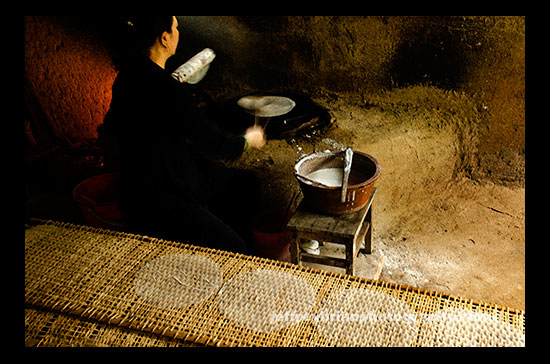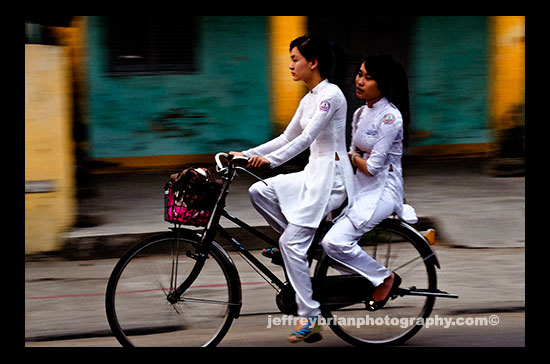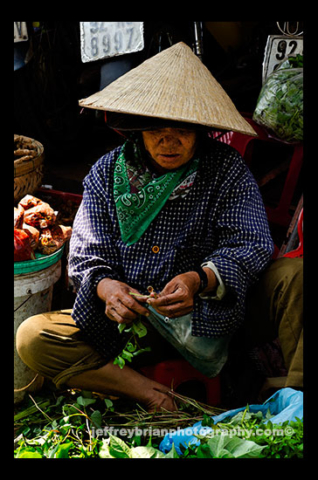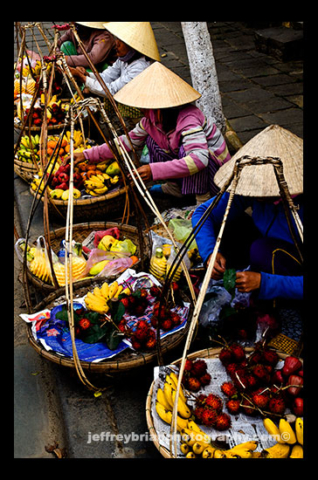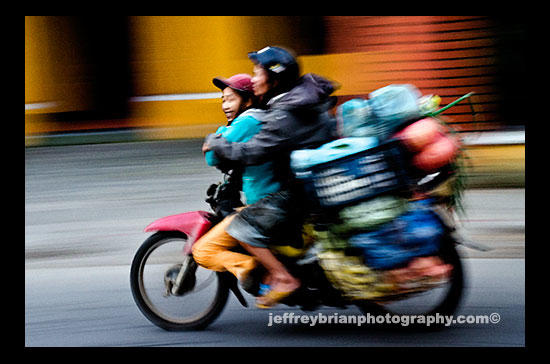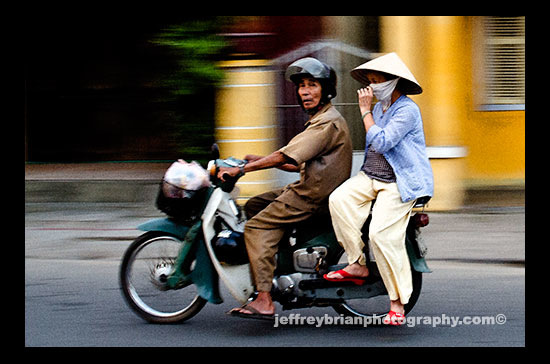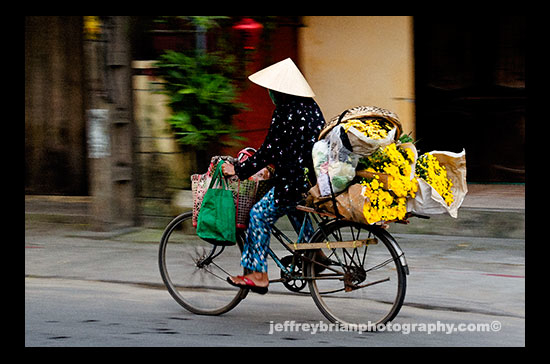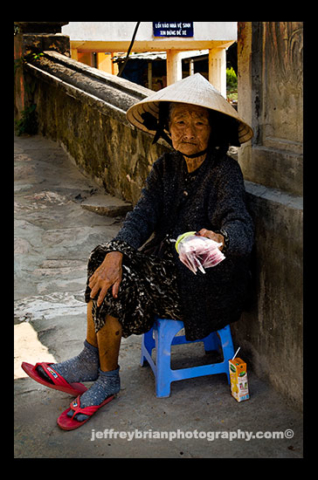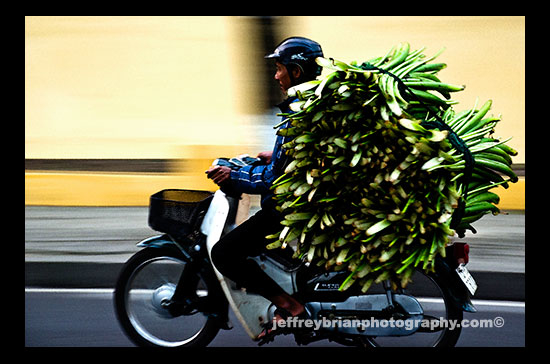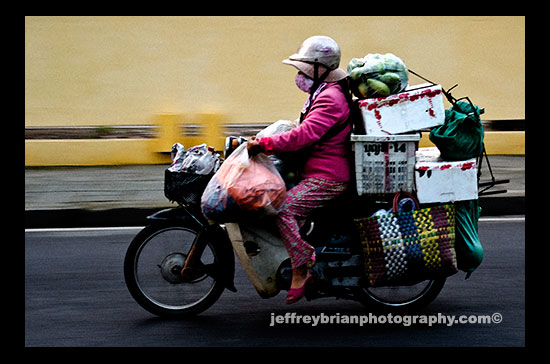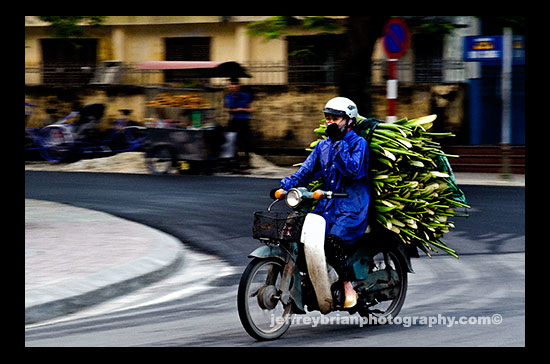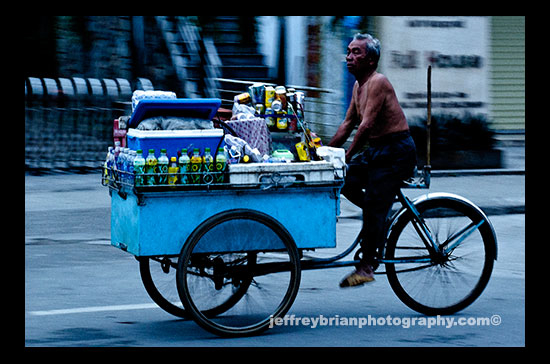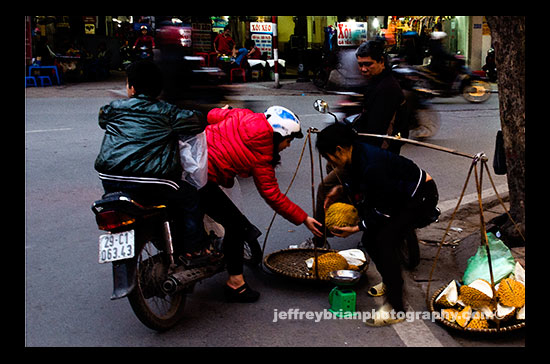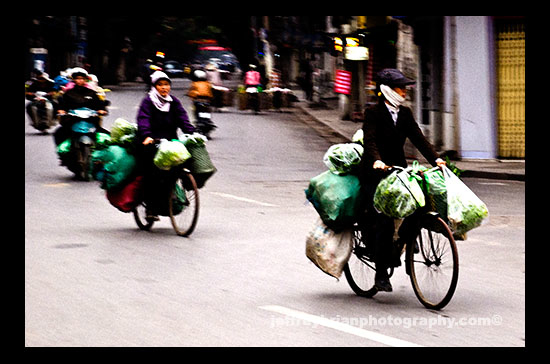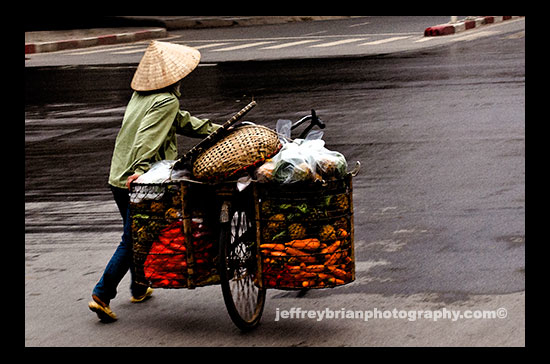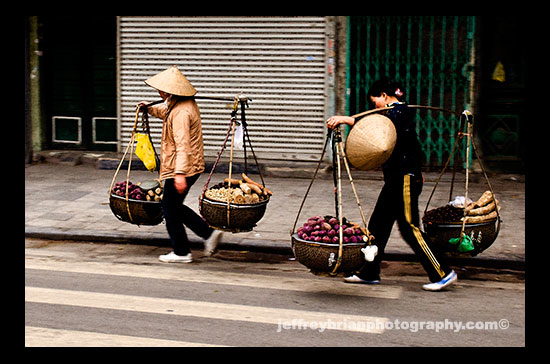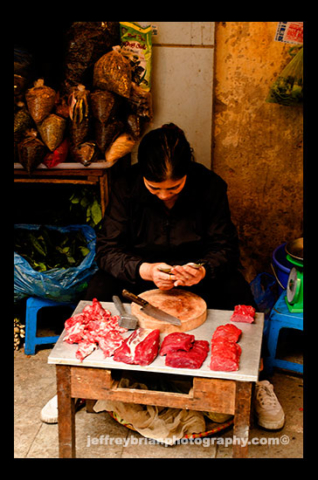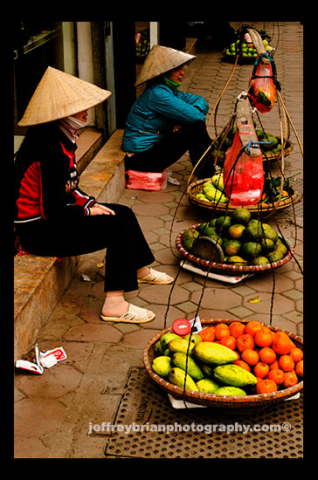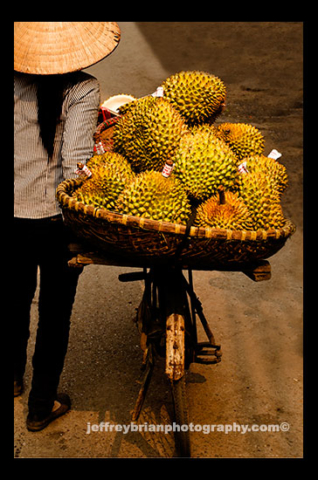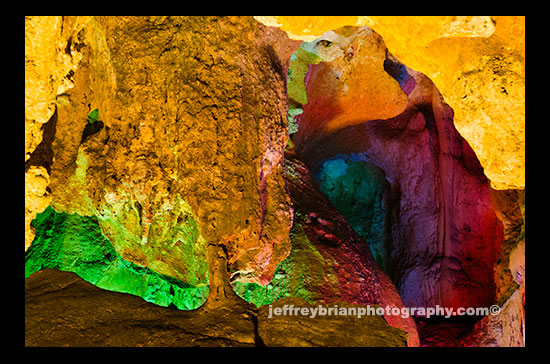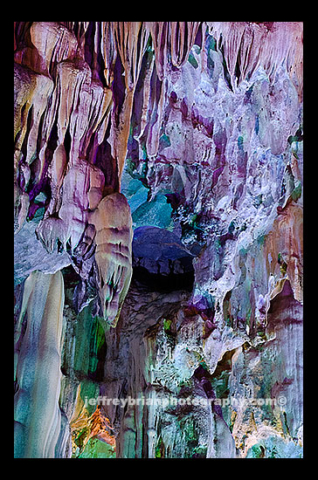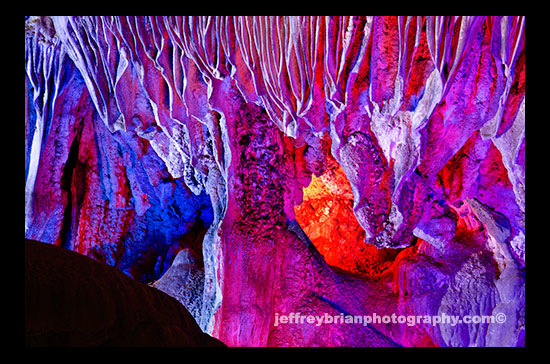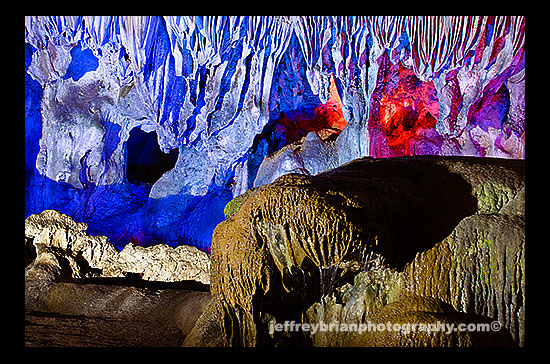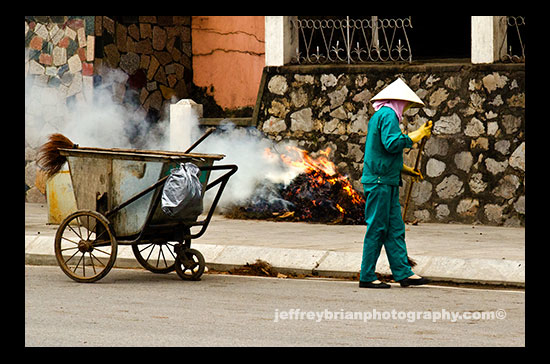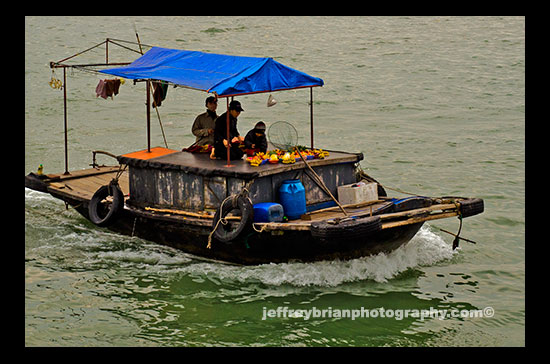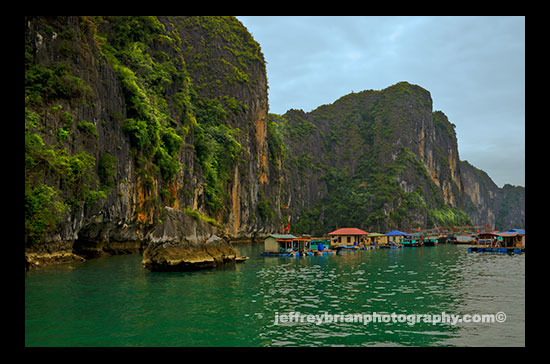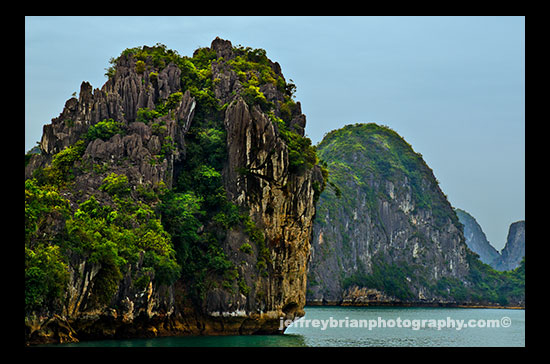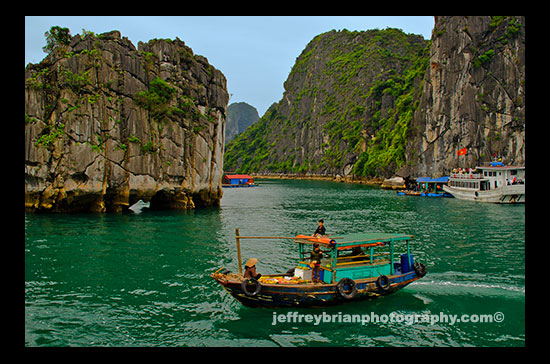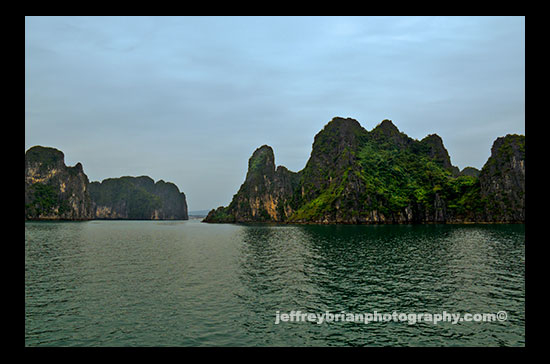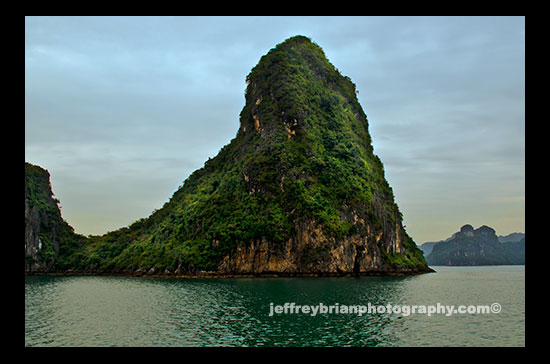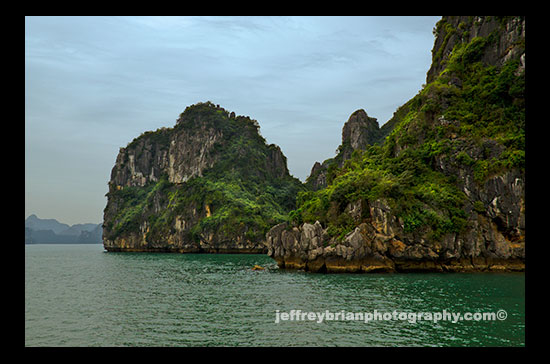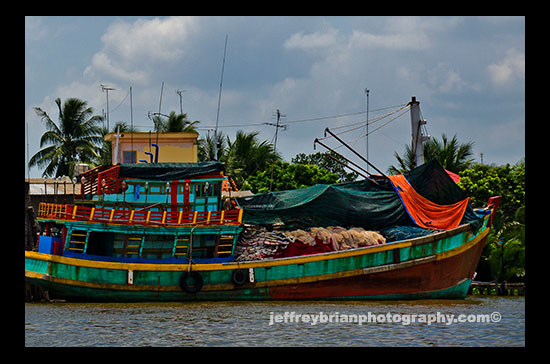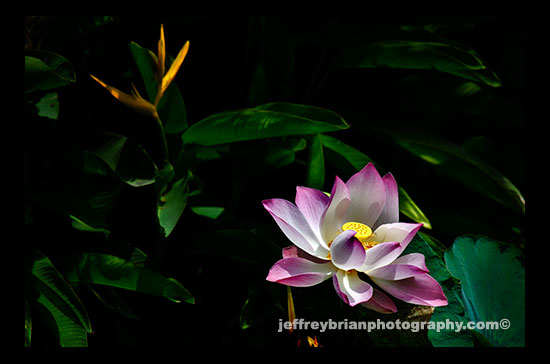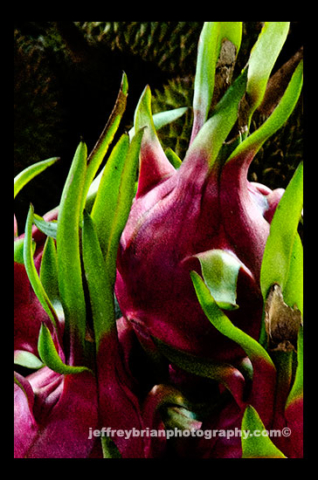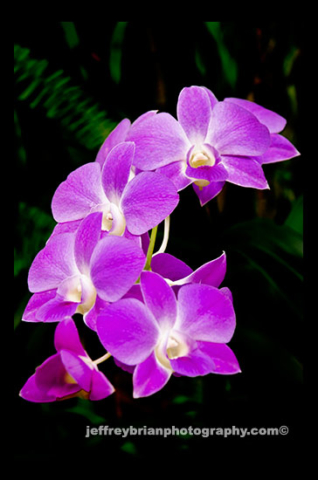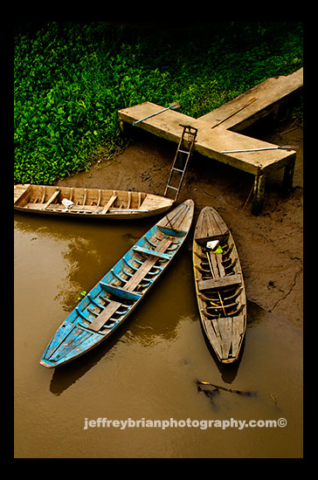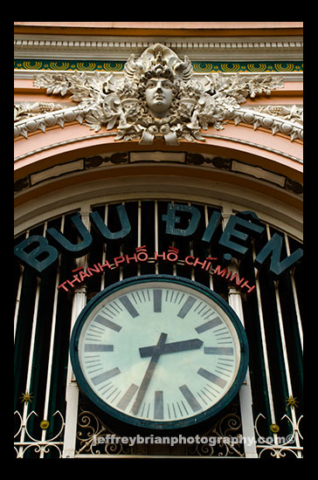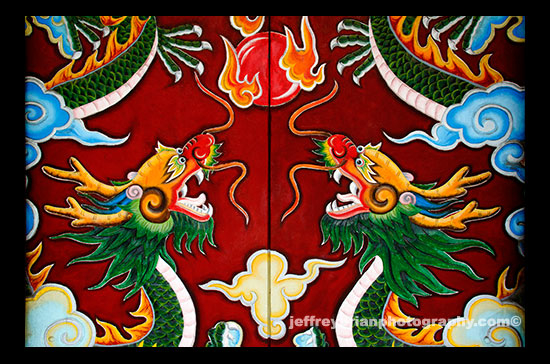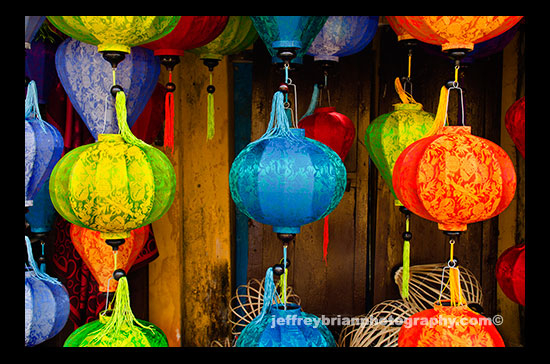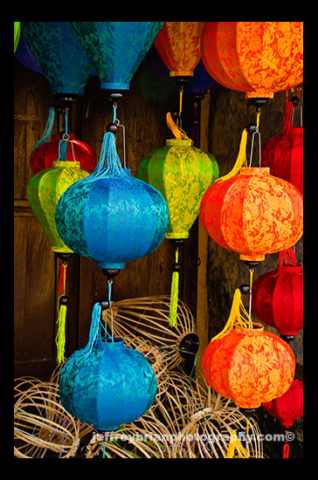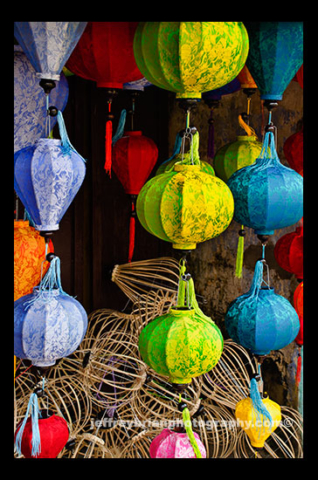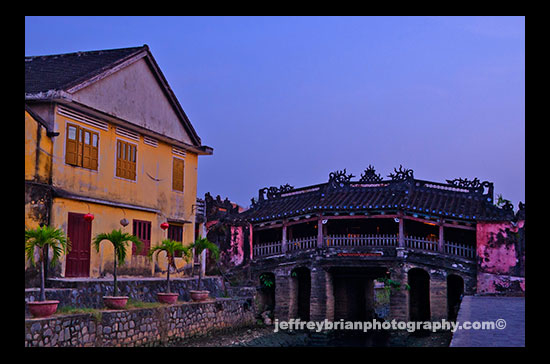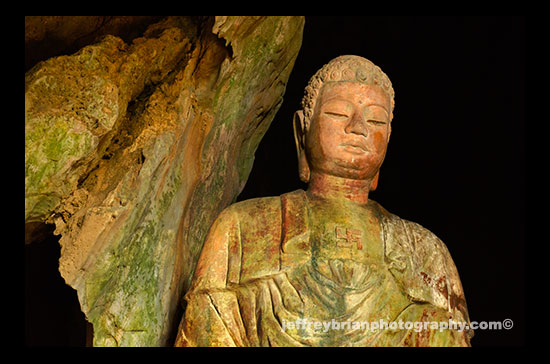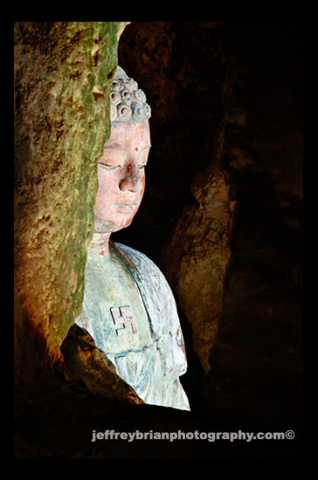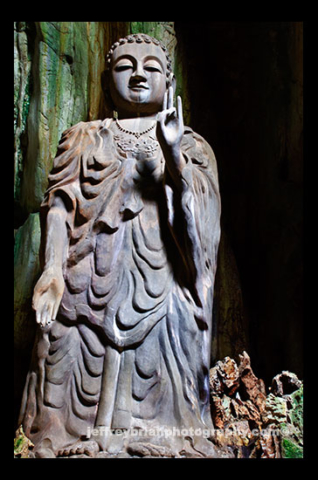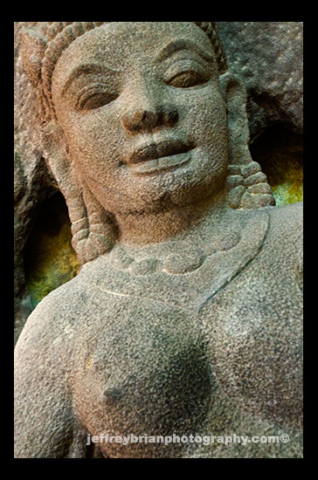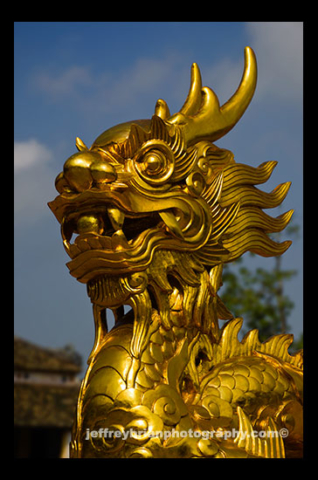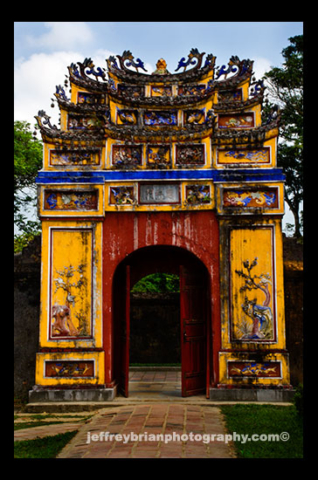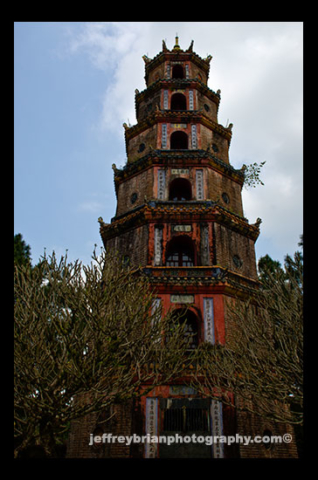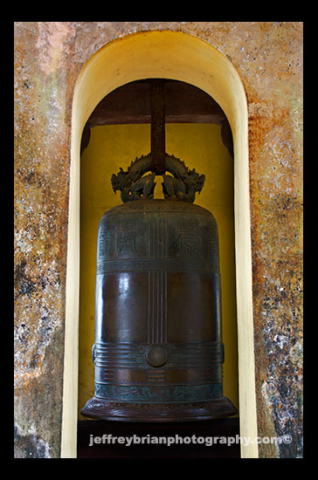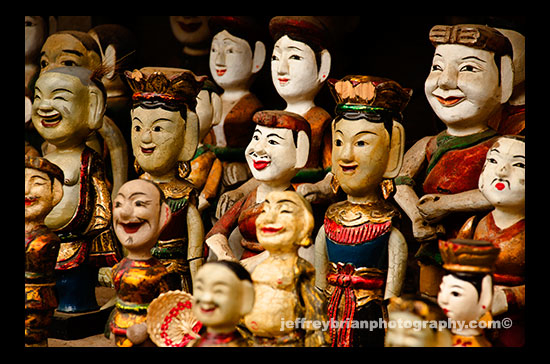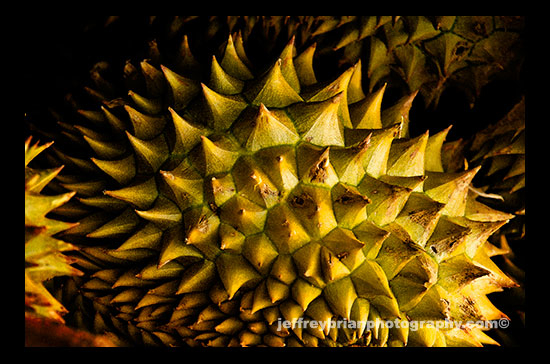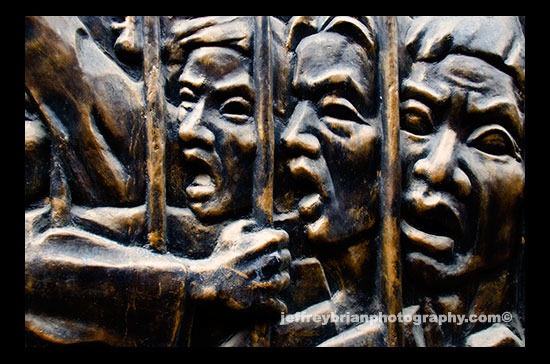Vietnam is a Southeast Asian country on the South China Sea known for its beaches, rivers, Buddhist pagodas and bustling cities. Hanoi, the capital, pays homage to the nation’s iconic Communist-era leader, Ho Chi Minh, via a huge marble mausoleum. Ho Chi Minh City (formerly Saigon) has French colonial landmarks, plus Vietnamese War history museums and the Củ Chi tunnels, used by Viet Cong soldiers.
Daily Life, Vietnam:
Vietnam’s people are a special mix of cultures, languages and historical backgrounds. The one common denominator amongst them is that, as in most Southeast Asia countries, they love to smile and are genuinely interested in foreign visitors.
Dong Thien Cung Cave, Halong Bay:
Thien Cung Cave (Heavenly Palace Cave) is located in the southwest of Halong Bay, 4 km away from Dau Go Island, which is considered the most beautiful primitive cave of the Bay. The cave is 10,000 square meters with complicated interior structure, many floors, and high ceiling. The cave becomes famous thanks to a unique system of stalactites and stalagmites with different forms and shapes.
Halong Bay:
Hạ Long Bay, in northeast Vietnam, is known for its emerald waters and thousands of towering limestone islands topped by rainforests. Junk boat tours and sea kayak expeditions take visitors past islands named for their shapes, including Stone Dog and Teapot islets. The region is popular for scuba diving, rock climbing and hiking, particularly in mountainous Cát Bà National Park.
Vietnam:
Viet Nam is located on the Indochina peninsula in Southeast Asia. It has a long land border of 4,550 km, bordering China to the North, Laos and Cambodia to the West, and Eastern Sea (South China Sea) of Pacific Ocean to the East.
The country’s diverse topography consists of hills, mountains, deltas, coastline and continental shelf, reflecting topography formation in a monsoon, humid climate and strong weather exposure. The topography is lower from the Northwest to the Southeast.

